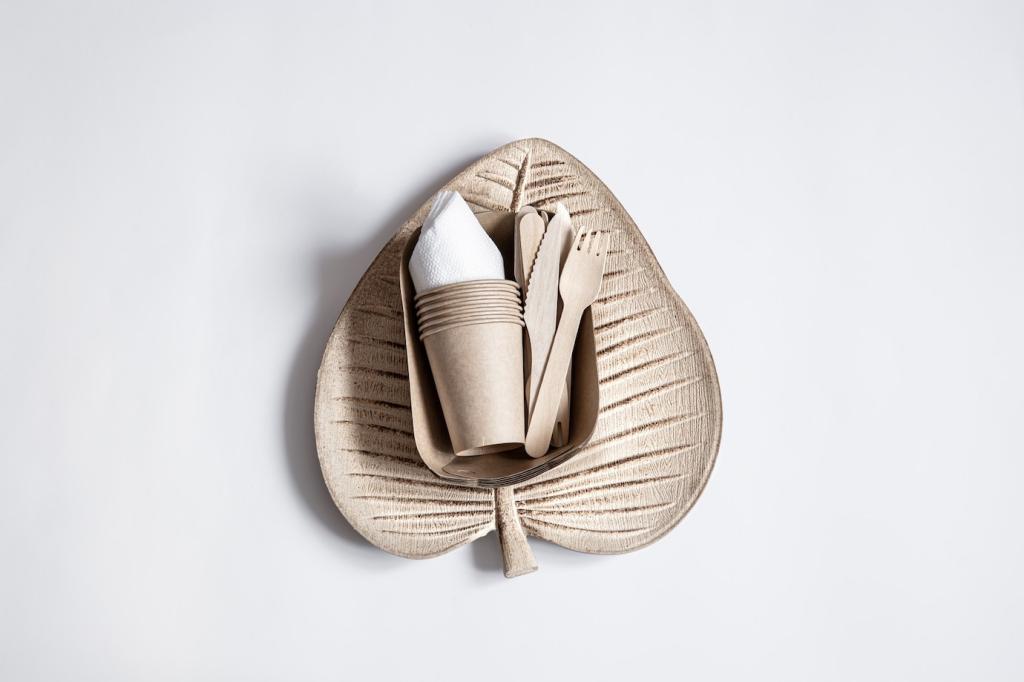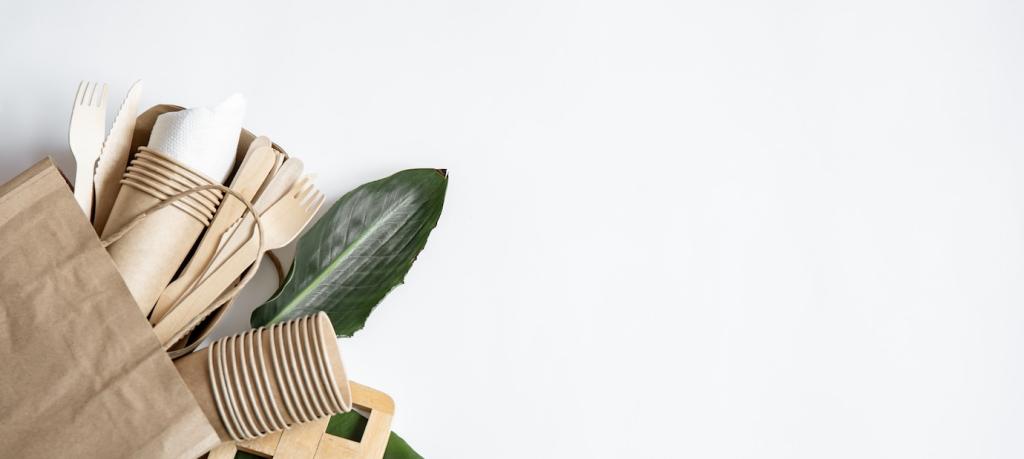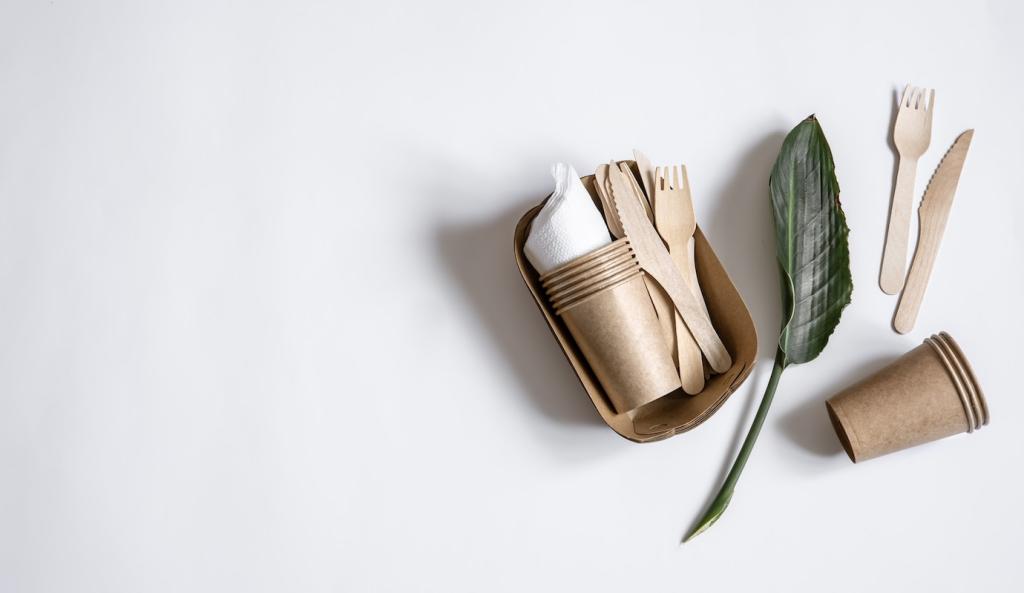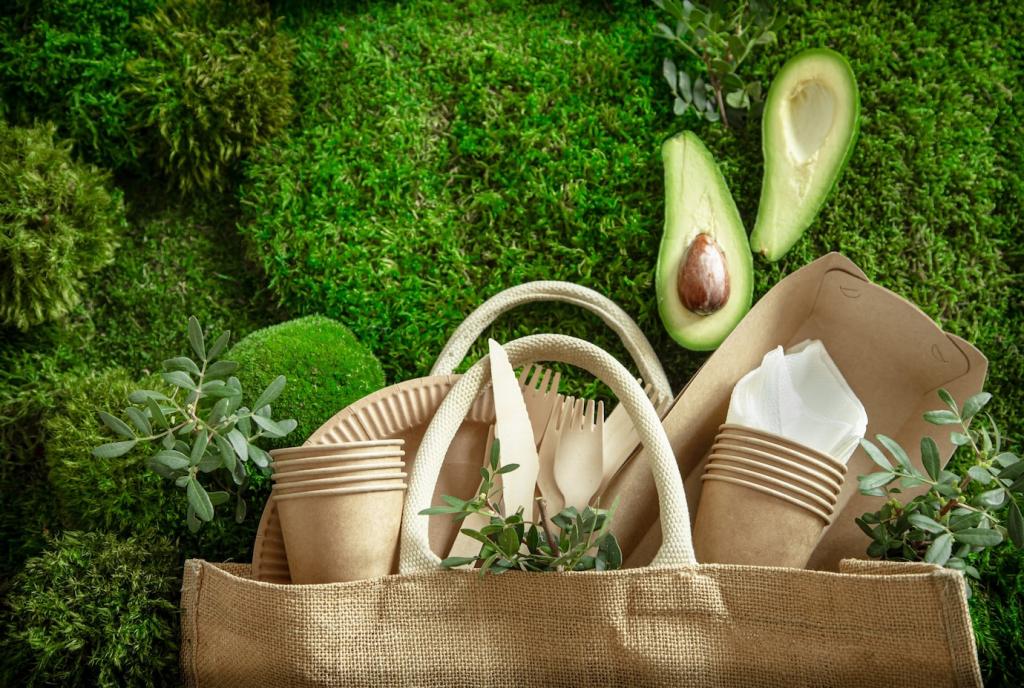Caring for Fabrics the Low-Impact Way
Cold water reduces dye bleeding, fiber wear, and energy use. Combine with the right cycle length and spin speed to prevent over-agitating delicate items. Natural detergents often excel here, especially with a brief pre-soak. The result is cleaner clothes, less pilling, and fewer surprises after drying.
Caring for Fabrics the Low-Impact Way
A thirty-minute pre-soak loosens grime so your wash needs less soap and agitation. Follow with a shorter cycle to protect fibers. This approach is wonderful for kids’ clothes, workout gear, and linens. Save longer cycles for truly grimy loads or bedding after illness, when hygiene matters most.
Caring for Fabrics the Low-Impact Way
For delicate animal fibers, use a mild soap like Marseille or olive oil soap. Support garments in a basin, swish gently, and avoid drastic temperature changes. Rinse cool, blot in a towel, and dry flat. Natural methods shine here, preserving loft, sheen, and softness without heavy additives.




